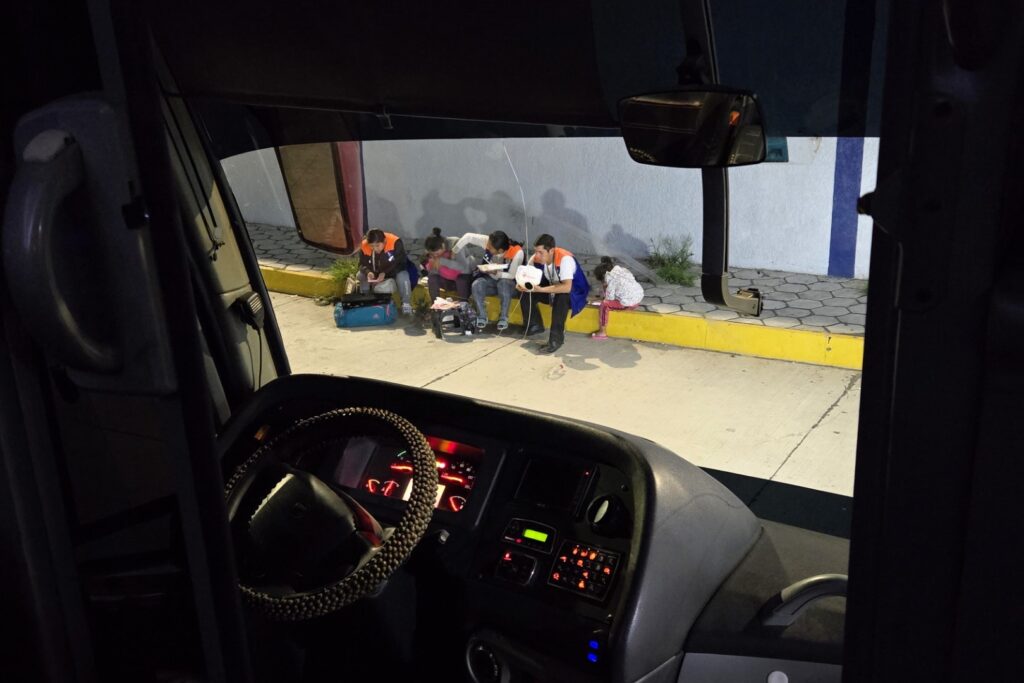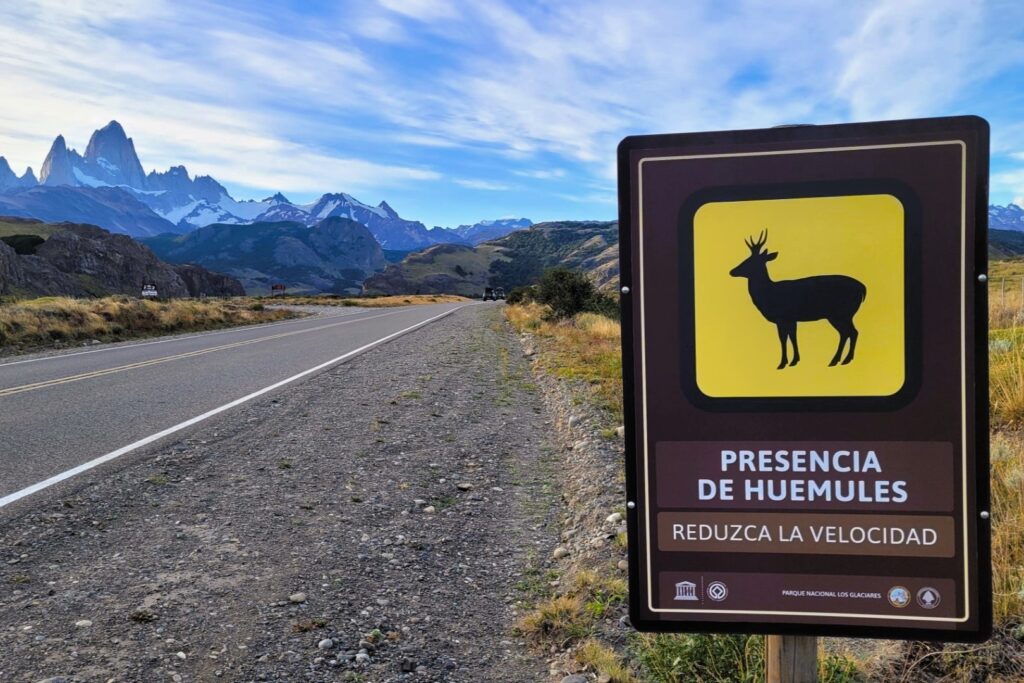Crossing Paraguay by bus on a budget was a peculiar blend of extremes: discounted VIP lounges and freezing terminals, sweltering days on rundown buses and icy nights in flat-bed suites, high-end hotels and outdoor plastic chairs.
Starting from Filadelfia in the Chaco region, I set off on my first national bus trip to Asuncion. After seeing the bus conditions at the shack serving as a terminal, I opted for daytime travel. I left early in the morning to have enough daylight on arrival to explore the city and find a hostel. The journey quickly turned into a sweaty struggle.
While I usually enjoy watching the landscape roll by and can handle some discomfort, this trip really tested my patience. The air conditioning couldn’t keep up with the heat radiating from the packed bus, with people even standing in the aisle. I was cramped in my seat, constantly jabbed by my neighbor’s elbow with every movement, trying to drown out the discomfort with music. The ride seemed to drag on forever, and getting through Asunción’s urban sprawl felt like an unnecessary torture. To make things worse, the bus terminal was inconveniently far from the city center, which added to my exasperation. Arriving at the Asunción bus station felt chaotic—few places to sit, no charging stations, no free Wi-Fi, but plenty of stalls selling fancy Stanley mate cups.
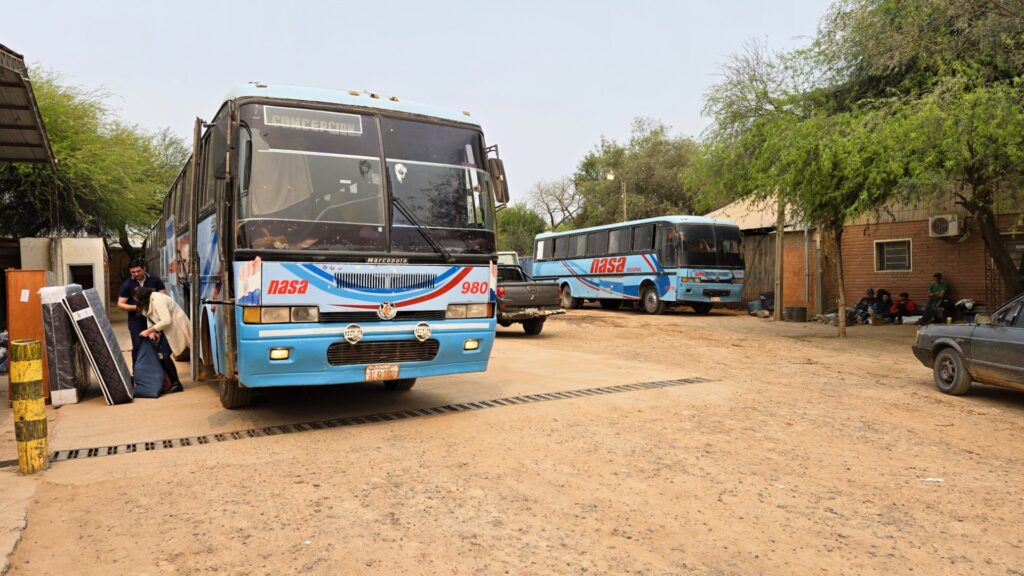
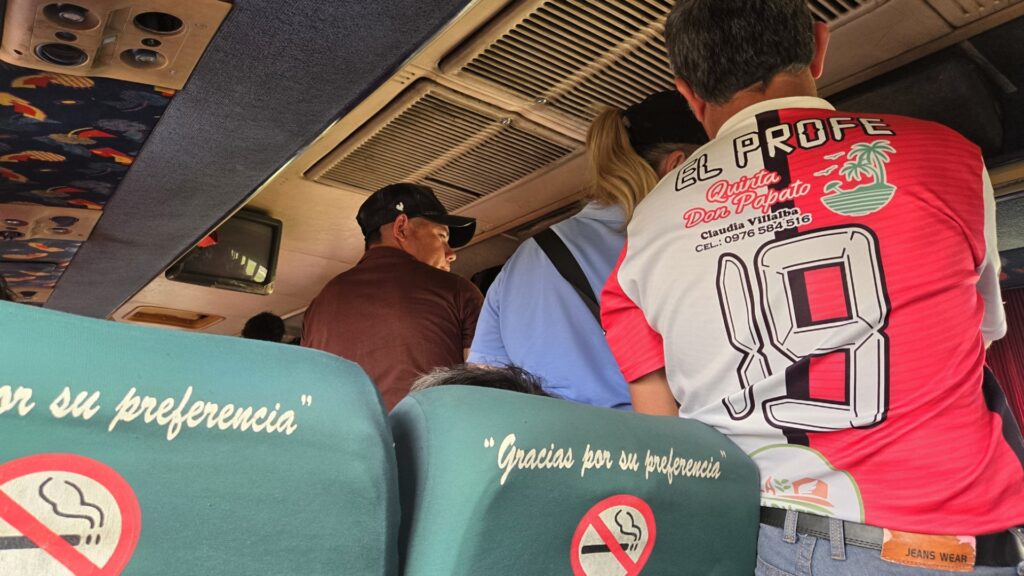
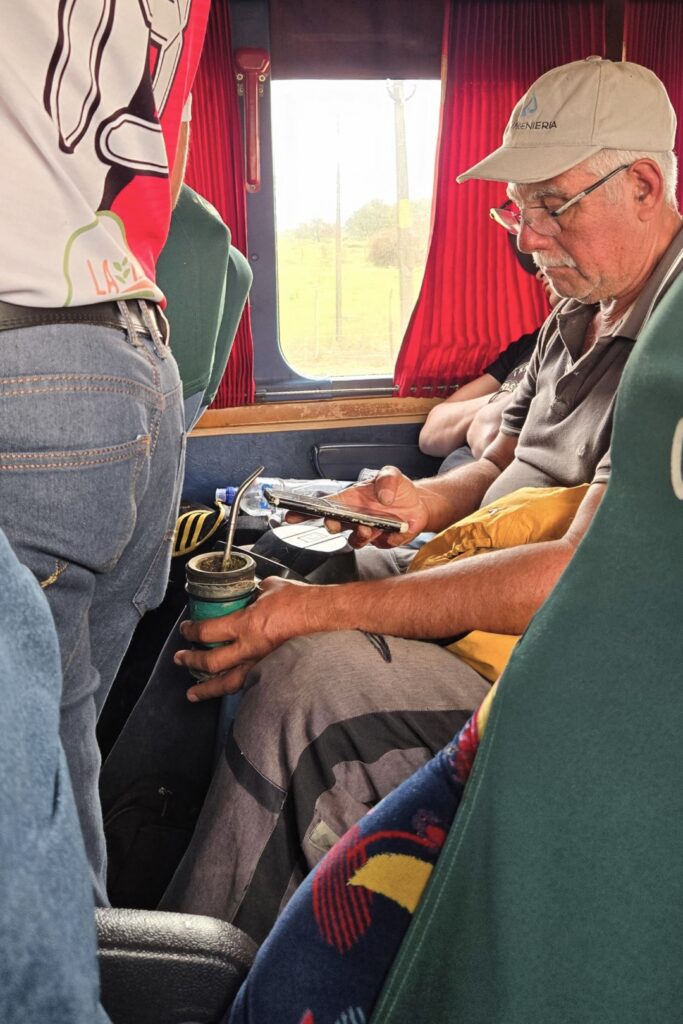
For the next stretch of my trip, I somehow managed to book a “suite” on a night bus to Encarnacion for just 120,000 guaranies (about 22 CAD). This first-class seat reclined like a bed and offered more space with fewer passengers around. The ticket office, located in a sleek, modern corner of the terminal, was a jarring contrast to the chaotic scene downstairs. It felt surreal to see the giant TV screens behind the spotless white counters for each bus company. On top of that, the ticket came with full access to a VIP lounge with comfy chairs, complementary whisky, a private bathroom, and free internet.
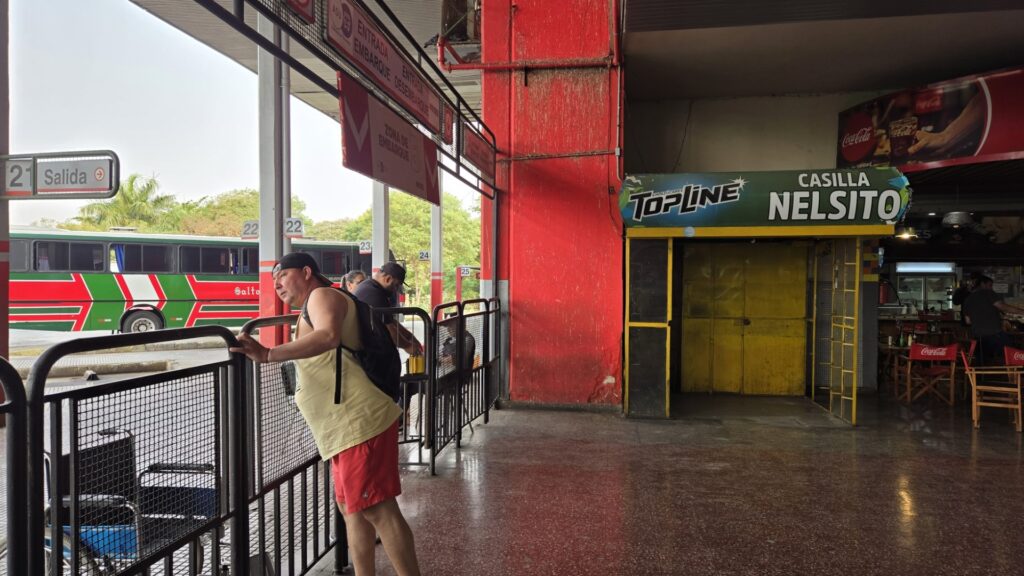
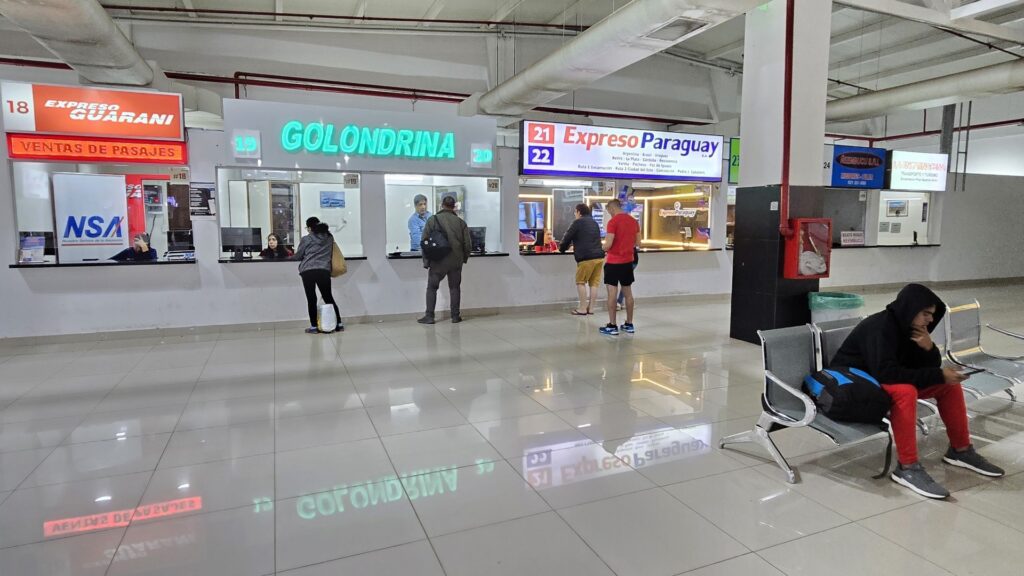
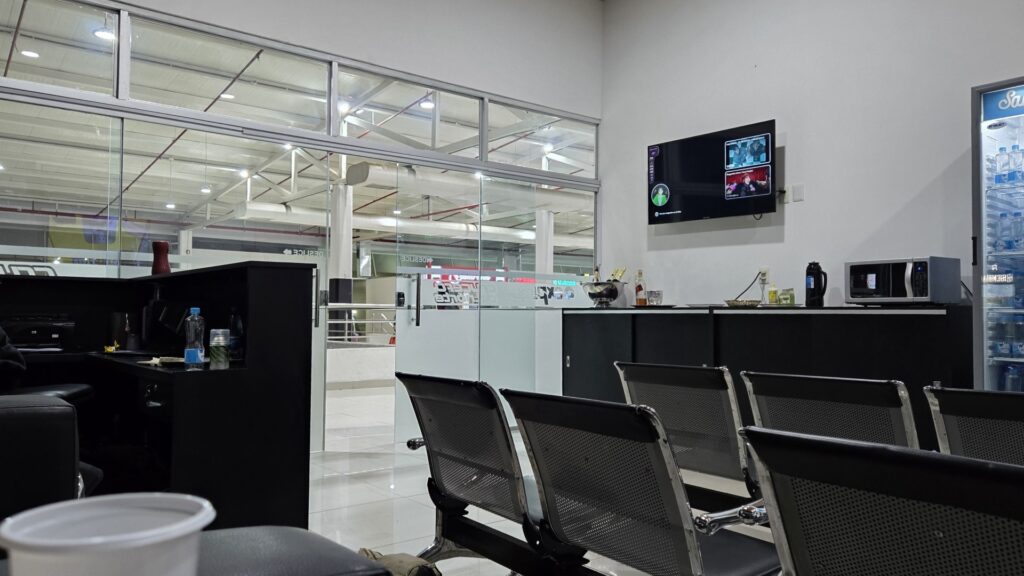
Yet, once on the bus, the luxury ended shortly. Despite my first-class seat, the freezing temperatures of the night made it impossible to sleep. By the time we reached Encarnacion’s terminal at 4:30 a.m., I was shivering. The terminal itself was much smaller and more rugged than Asuncion’s, and to my surprise, there was no indoor waiting area. I wore all the clothes I was carrying and waited outside with a few travelers and some local scouts until sunrise. After a moment I decided to ask around for a better place to wait—maybe a café ? (I was pushing it)—and was directed to a cafeteria across the street from the terminal. It turned out to be more of an outdoor seating zone under a roof, with only one stall open, serving questionable food on plastic patio chairs. I ordered mate, but it was far too strong. The locals at the next table were wrapped in blankets, and no one seemed in the mood to chat.
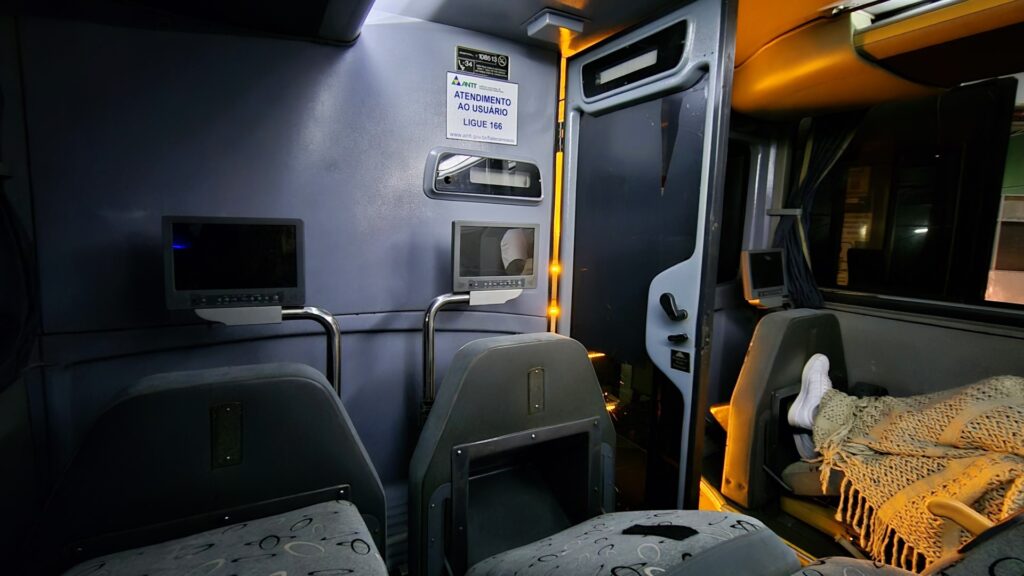
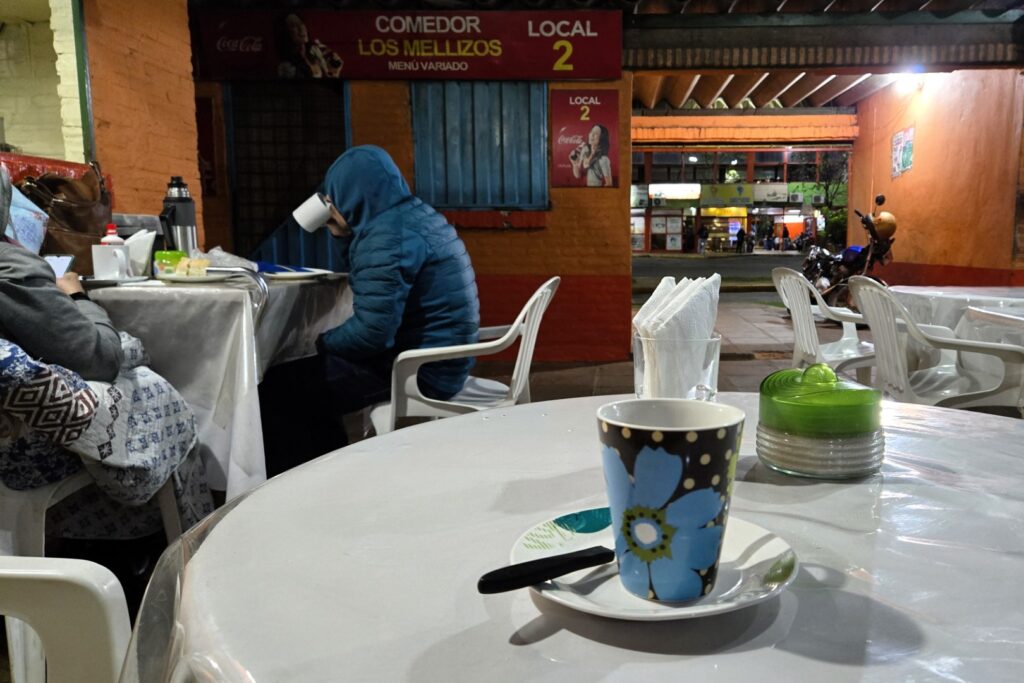
At 6 a.m., with the sun fully up, I ventured around the city, searching for a restaurant open at this early hour. Encarnacion was much smaller than I had expected, and the town center and beachfront were easily covered on foot. However, everything was closed. Eventually, I entered a 5-star hotel by the river, where breakfast was available for 45,000 guaranies (about 8 CAD). It was a no-brainer. I paid and finally warmed up in the dining area, working on my laptop while enjoying an excellent high-end breakfast buffet for the entire morning. This has become one of my top travel hacks when visiting developing countries—if you can’t afford a room at a luxury hotel, you can still enjoy some luxury by opting for their breakfast. A perfect way to recover from a tumultuous night on the bus.
